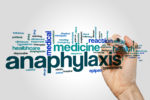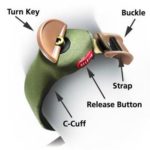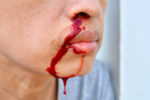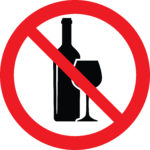Anaphylaxis is a severe and potentially fatal allergic reaction. It may start within seconds, minutes, or hours following contact with an allergen. An allergen is a substance that is capable of producing an allergic reaction. This happens when the body identifies a substance as harmful and wants to protect itself. Should someone have an anaphylactic […]










